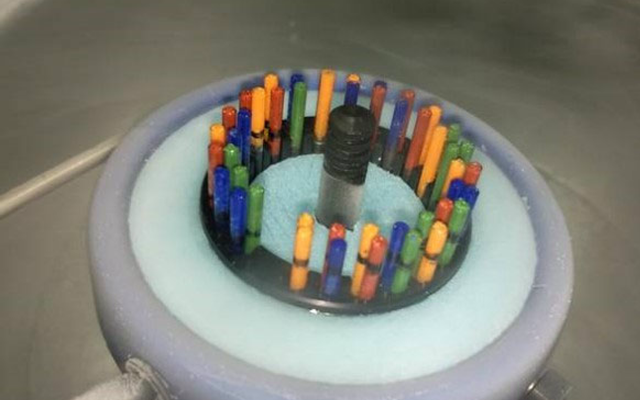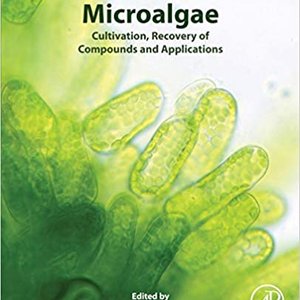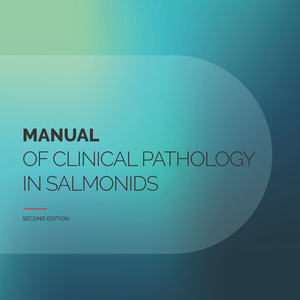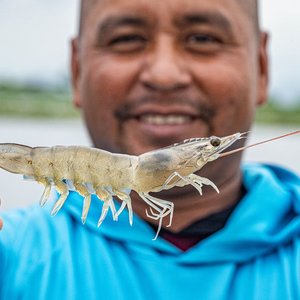Researchers from the ASSEMBLE Plus project (Association of European Marine Biological Laboratories Expanded) launched a repository of methodologies for the cryogenic preservation of marine organisms. The Cryomar Protocol Toolbox represents a collaborative effort from researchers across Europe from several marine biological stations.
Cryopreservation, which involves the cooling of organic materials and tissues to very low temperatures for preservation, has applications in breeding, conservation and bio-banking, as well as general marine research. The easy access to biological material is beneficial for basic and applied research, cryopreserved biological material is accessible independently of the season, weather conditions or location. It is a helpful tool on biodiversity conservation and for the R&D industry by providing a safe way to store and access specific biological material in the future with guaranteed genetic stability.
“Cryobanking has been used for decades in land-based animal husbandry, yet cryopreservation protocols have been developed for fewer marine species than land animals,” explained Estefanía Parades Rosendo, research scientist at the Universidad de Vigo and lead author of the report. “While interest in this area of research is steadily developing, there has generally been a general lack of standardization across studies. Having access to biological material constantly and reliably is a very exciting prospect for marine science”.
This publication provides a standardized methodology for cryopreservation including obtaining gametes and quality control before and after cryopreservation. The species covered include:
- Marine invertebrates: Mediterranean mussel (Mytilus galloprovincialis), Portuguese oyster (Crassostrea angulata), sea urchin (Echinocardium cordatum, Echinus esculentus, Paracentrotus lividus, Spaherechinus granularis), sea cucumber (Holoturia foskali).
- Macroalgae: Red seaweed (Porphyra umbilicalis).
- Microalgae: Amphidinium carterae, Dunaliella salina, D. minuta, D. tertiolecta, D. velox, D. viridis, and D. bioculata among many others.
- Fish: Zebrafish (Danio rerio), Senegalese sole (Solea senergalensis) and Thicklip grey mullet (Chelon labrosus).
- Microbial consortia.










